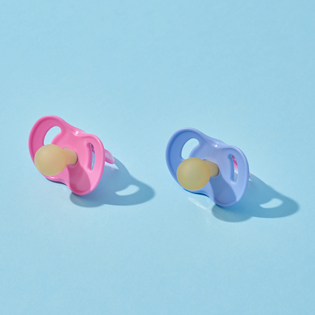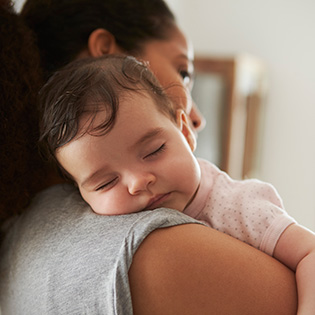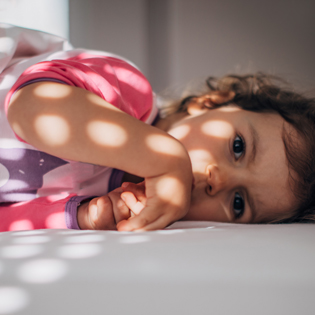"I'm really concerned about the recent toy recalls. Short of opening up my own testing lab, how can I make sure my baby won't be poisoned by lead paint on her toys?"
Fortunately toy manufacturers and retailers are well aware of the risk of lead in children's toys these days — and the vast majority of playthings stocked on store shelves are lead-free.
However, that doesn't mean that some toys don't slip through the cracks: A 2018 lawsuit by the state of New York accused Target and Walmart of selling toys manufactured in China with lead levels measuring 10 times higher than federal limits. L
ead poisoning can lead to a host of problems, ranging from kidney damage and lowered IQ to learning and growth delays; in severe cases, it can even be life threatening. And any child who chews, sucks or bites on toys that have high lead concentrations (and what babies don't chew, suck or bite toys?) is at risk.
But before you dump the entire contents of your baby's toy chest into the nearest garbage bin, it is possible to find out if any questionable toys in your collection are potentially problematic. Recalled toys (with helpful photos) are searchable online at the United States. Consumer Product Safety Commission. (You can also call its hotline at 1-800-638-2772.)
Another option is to go to a toy manufacturer or distributor's website to see if it has a listing of its own recalled toys. Many of these sites also post information on how to return these toys for a refund.
If you've already picked up some nostalgically retro playthings at a resale shop or garage sale — or have let your baby have a go at the stash of toys your parents saved from their childhoods — pack them away until your baby's old enough to play without mouthing. Toys made prior to 1978 — which is when federal mandates that limit the amount of lead in paint were put into place — may pose a risk.
Read This Next
If you have a questionable toy and want to throw it out, you can bring it to a center for household hazardous waste where it can be discarded safely (check your city or county's website for directions to a location near you).
And don't stop your campaign to prevent lead poisoning at the toy bin. You can also protect your child from lead poisoning by washing her hands after playtime and before eating and going to bed (healthy hygiene habits to cultivate anyway). Ramping up her iron and calcium intake (think fruits, veggies and dairy at meals) may also be worth doing, since these nutrients have been found to help prevent lead absorption (but never give her supplements without her pediatrician's go-ahead).
Unfortunately, children and adults don't show signs of lead poisoning until levels are very high (when scary symptoms like seizures or brain swelling can occur). If you're concerned that your child might have been exposed to dangerous levels of lead, you can ask your doctor to order a blood test before any symptoms arise. (Many doctors perform these screenings routinely between ages 9 and 12 months.)
Luckily, if levels are found to be high, simply removing the toy or source of lead from your home will correct the problem in most cases. If necessary, there are drugs and therapies your doctor can recommend.











































 Trending On What to Expect
Trending On What to Expect





